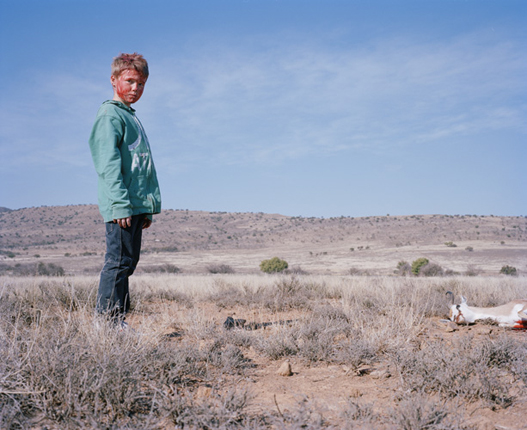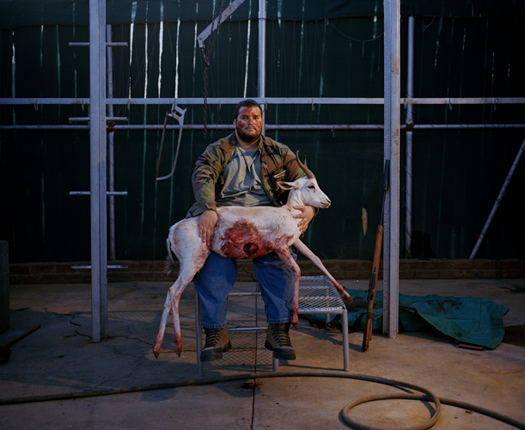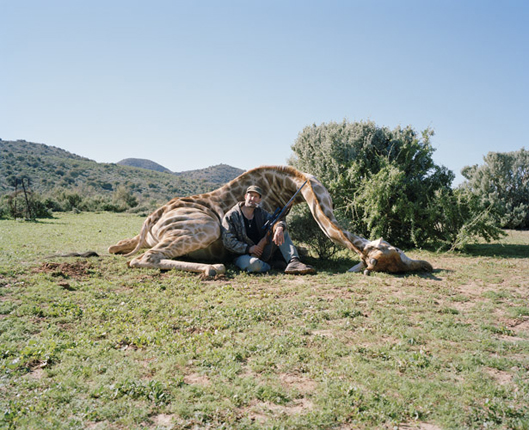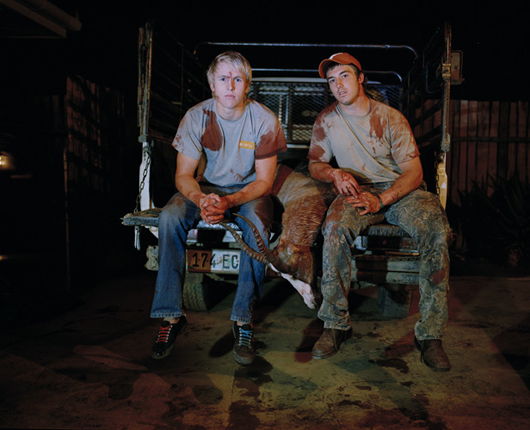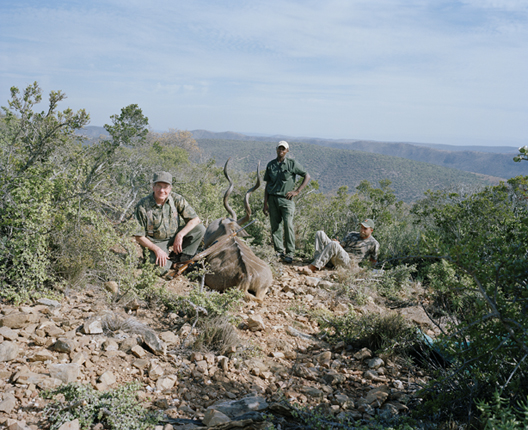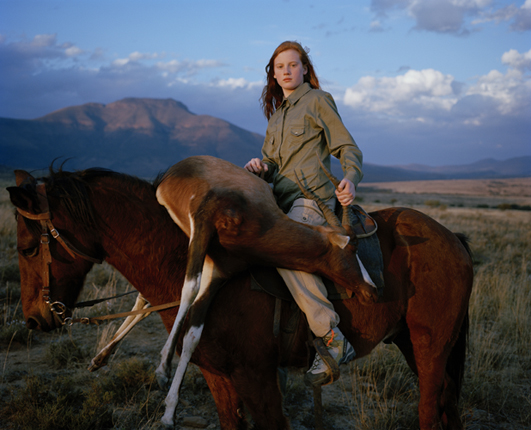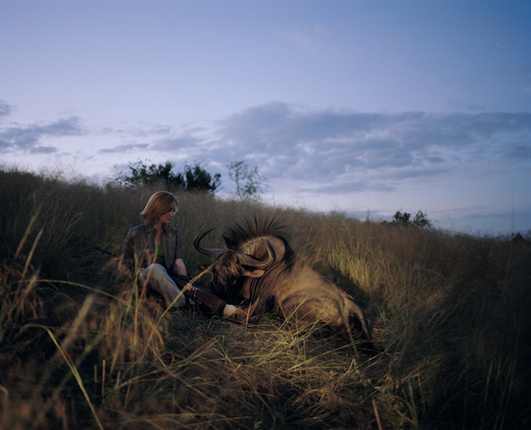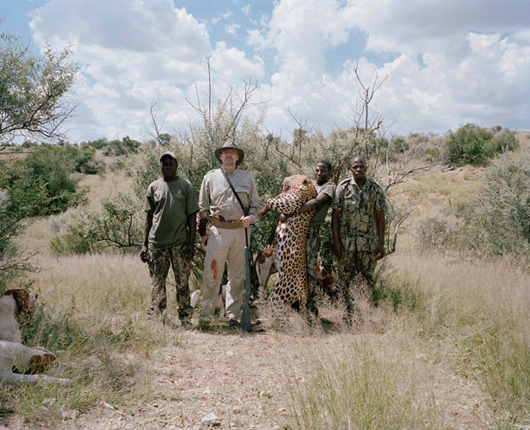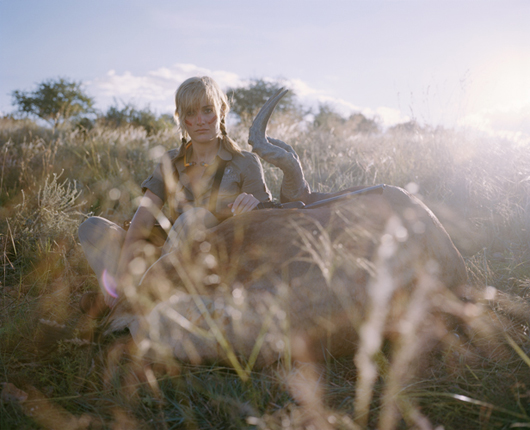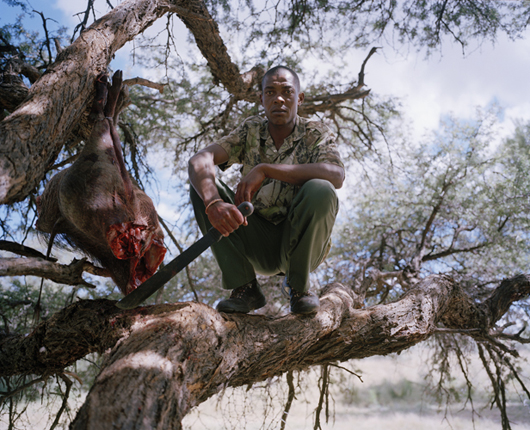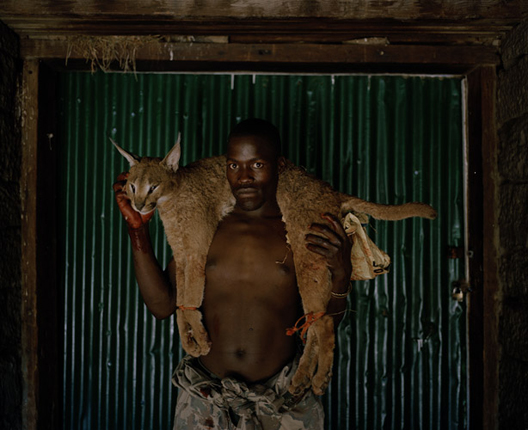Documenting the tourist trophy hunting industry in Africa today.
It was in Kenya in the early 20th Century that the tourist trophy hunting industry started proper. Wealthy European and American visitors paying settler farmers to guide them on hunting safari’s in the area. Similar tourist hunting industries soon developed elsewhere in Africa.
There were many factors that led to the spread of big game hunting in Africa, but two were foremost among them: first, a romantic conception amongst Europeans and Americans that hunting combined aristocratic privilege and sportsmanship, and second, the desire by the colonizing powers to create new agricultural economies, to which unchecked animal populations posed a serious threat.
The completion of the Uganda Railway in 1901 provided easier access to the interior highlands of British East Africa (now Kenya), where large game, especially elephants, lions, buffalo and rhinoceros, was plentiful. The white hunter served these paying customers as guide, teacher, and protector. White hunters were colourful and romantic figures, often from privileged English backgrounds, who embraced a life of danger and adventure, and cast long shadows in a world hungry for compelling heroes. Although their business was killing they followed what they saw as a strict ethical code of sportsmanship and most importantly were among the first to launch efforts to conserve and protect Africa’s wildlife against over hunting and extinction.
White hunter is a former term used for professional big-game hunters of European or North America backgrounds who plied their trade in Africa, especially during the first half of the 20th century. The activity still exists in the dozen African countries which still permit big-game hunting, but the “white hunter” is now known as the “professional hunter”.
In 1909 Theodore Roosevelt’s excursion into British East Africa prompted a craze for safaris among those who could afford the sizeable price tag. After the First World War, when Germany’s colonial lands in East Africa were ceded to Britain, eager customers poured into Africa, creating a market for the skills of several more decades of hunters.
Now a major industry in Africa, Trophy hunting occurs in 23 sub Saharan African countries, and generates in excess of USD 201 million/year from +/- 18500 international hunting clients. Approximately 1.4 million km2 is used for trophy hunting, which is an area 22% larger than, and in addition to the area encompassed by all the national parks (i.e. Protected areas where hunting is not permitted). South Africa has the largest hunting industry. There are also well-developed hunting industries in Zimbabwe, Botswana and Namibia, and to a lesser extent Zambia, Mozambique and Swaziland. The southern African hunting industry has grown during recent years due partly to a major increase in game ranching in place of traditional livestock farming which has been particularly hard hit by drought and recession. Hunters and hunting advocates insist that trophy hunting is of major importance for conservation in Africa. However, animal rights groups fundamentally oppose hunting and there is a lack of consensus among conservationists regarding the acceptability and efficacy of hunting as a conservation tool….Africa’s wildlife is still accessible to those who can afford the sizeable price tag.

